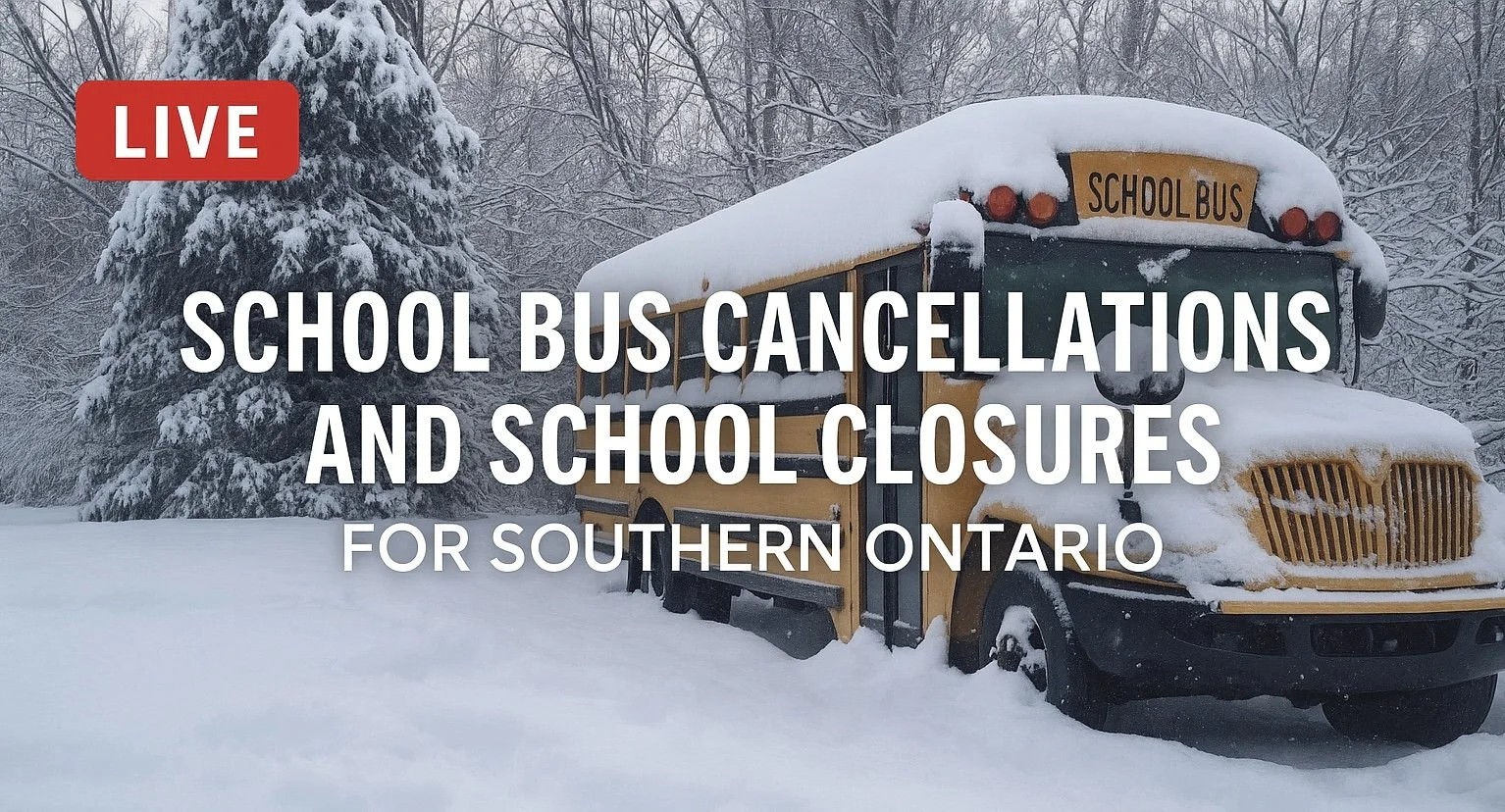'A Conveyor Belt of Snow’; How Lake Effect Snow Can Bury Entire Towns in a Matter of Days
/satellite image of lake effect snow over the Great Lakes, courtesy of the national weather service.
Following the incredible snowfall seen in Sault Ste. Marie and across parts of Muskoka over the weekend, we figured this would be the perfect opportunity to discuss lake effect snow. It’s something that many of us in Ontario have come to expect in the late fall and early winter, especially since we’re surrounded by the Great Lakes.
Certain ingredients are required for lake effect snow to occur, but most importantly, there needs to be an unfrozen body of water and a very cold air mass from the Arctic.
In order for lake effect snow to even start to form, there needs to be a temperature difference of at least 13°C between the warm surface of the lake and the 850mb pressure level of the atmosphere (this is typically found at around 1500 metres). The greater the temperature difference, the more unstable the atmosphere becomes and this is often when we see strong convection and the phenomenon known as thundersnow. Without this difference in temperature, lake effect snow simply can not occur. Once this threshold is reached, however, it’s like a switch being flipped and the lake effect snow machine starts.
Another key component in lake effect snow development is moisture. Ideally, the relative humidity at the surface needs to be at least 80% for lake effect snow to form and levels below 70% could actually inhibit development. It can usually be assumed that the lake itself can provide enough moisture, but this is not always true. There also needs to be limited wind shear with height between the surface and the 700mb pressure level so that the moisture is more focused, sort of like a hose. The strongest, most organized bands of lake effect snow develop when the wind shear is less than 30°.
Finally is the concept known as “fetch”. Yes, millennials, we’re trying to make fetch happen. Fetch is the distance that the air mass travels over the lake. Fetch needs to be at least 100km in order for lake effect snow to develop and the greater the fetch, the more snow is produced. When considering prevailing wind directions, the traditional snowbelts are found in areas that are downwind of the greatest possible fetch over the Great Lakes, i.e. Buffalo and the entire length of Lake Erie.
The creation of lake Effect Snow. Courtesy of Environment Canada.
When all of these conditions are met, we can see how lake effect snow actually develops.
As the cold air mass travels over the much warmer surface of the lake, the warmth and moisture from the surface is transferred into the lower atmosphere. The warmer, moister air rises and it eventually cools and condenses, forming narrow bands of clouds. These clouds continue to travel over the open lake, gathering even more moisture, until they eventually reach land and the snow starts to fall at rates that can easily exceed 5cm per hour and could even be as high as 20cm per hour! It’s important to note that the hardest hit areas are actually not found immediately at the shoreline, but rather 30-50km inland from the lake.
The direction of the winds dictates which areas are hit by the lake effect snow so as long as the ideal conditions continue, so too will the development and subsequent falling of lake effect snow. This could lead to several days of heavy snow hitting the same area while there are sunny skies less than 20km away. A slight shift in wind direction can quickly change which area gets hit and that makes lake effect snow notoriously tough to forecast.







